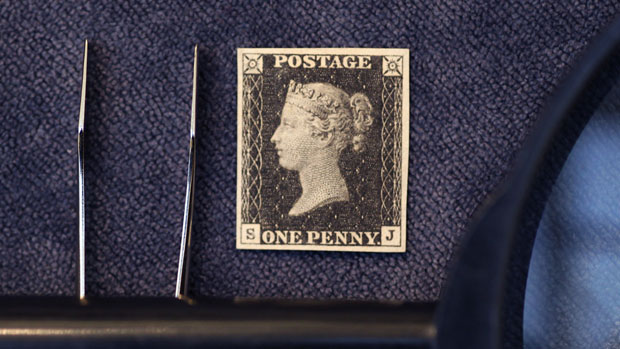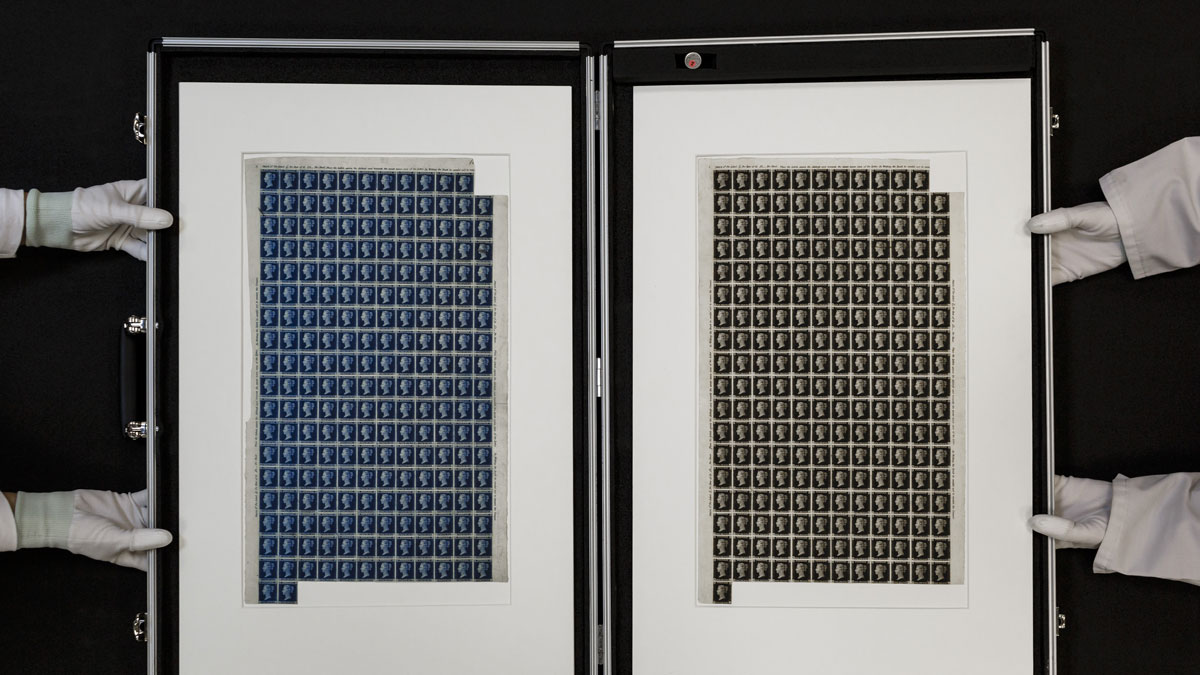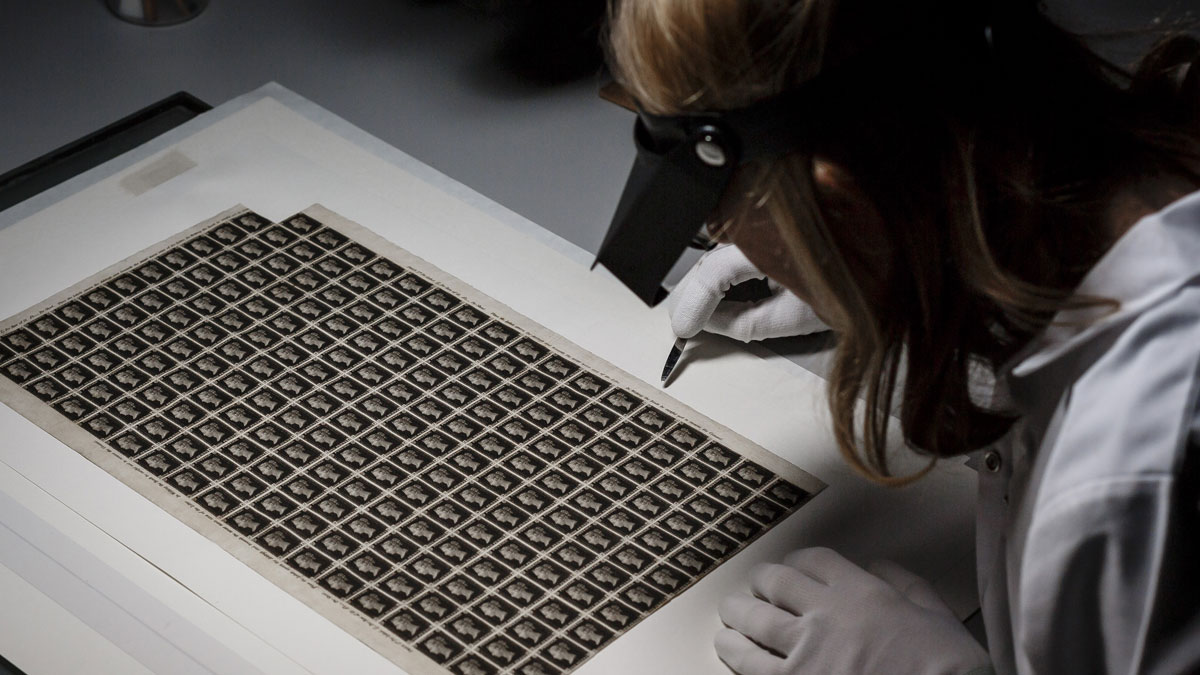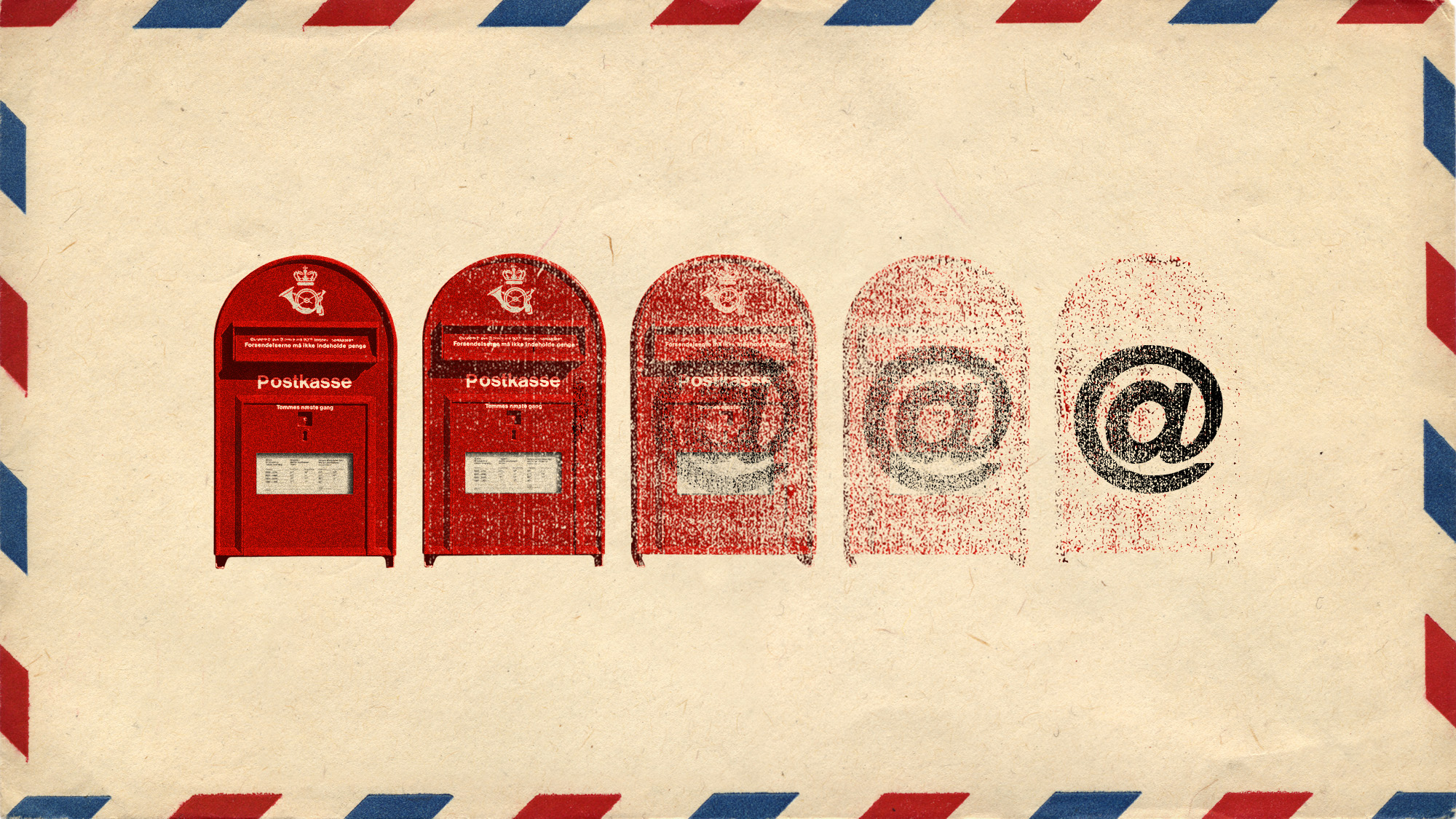Penny Black: How the world's first stamp revolutionised writing
Priceless sheet of the 176-year-old stamps has left the UK for the first time in a bomb-proof briefcase

An armed escort has just transported the world's oldest stamps – the Penny Black – from London to New York.
The Victorian stamp revolutionised the postal service in Britain and subsequently around the world, making it affordable for ordinary people to send letters, confident the letters would remain private and arrive safely.

The 176-year-old postage stamps are highly sought after by collectors, and the only set of complete sheets is owned by the British Postal Museum.
The Week
Escape your echo chamber. Get the facts behind the news, plus analysis from multiple perspectives.

Sign up for The Week's Free Newsletters
From our morning news briefing to a weekly Good News Newsletter, get the best of The Week delivered directly to your inbox.
From our morning news briefing to a weekly Good News Newsletter, get the best of The Week delivered directly to your inbox.
One of them recently left the UK for the first time and will appear at the World Stamp Show in New York, which ends on Saturday.
Typically stored in a humidity controlled, alarmed vault, the stamps were transported in a specially designed bomb-proof briefcase that was accompanied by an armed guard.

"The briefcase was also fitted with sensors and shock alarms to allow [us] to check on the condition of the stamps throughout their journey," the museum said.
Once the show has ended, the stamps will return home and be put on public display for the first time when the Postal Museum in London reopens its doors next year.
A free daily email with the biggest news stories of the day – and the best features from TheWeek.com
What is the Penny Black?
The Penny Black is believed to be the world's first adhesive stamp used in a public postal system. It was first issued in Britain on 1 May 1840, and went into official use five days later on May 6.
Who created it?
The concept of an adhesive stamp to indicate pre-payment of postage was part of a master plan by a man called Sir Rowland Hill. An English teacher and inventor, Sir Rowland spent years campaigning for a reform of the postal service. He wanted to change the existing system, under which it was usual for the recipient to pay for postage as it was delivered. If you lived in London and received a two-page letter from Scotland, you would be charged two shillings – more than seven pounds in today's money.
So what did he suggest?
In 1837, after spending two years studying the postal system, he put forward his proposal for pre-payment for postage. He told a parliamentary committee that, in order to indicate payment, the postal service should use: "A bit of paper just large enough to bear the stamp, and covered at the back with a glutinous wash." It had quite an impact: by the end of 1840, over 160m letters had been sent – more than double the previous year.

What was the design of the stamp?
The Penny Black featured a profile image of Britain's longest-serving monarch, Queen Victoria. It was based on a sketch made of her when she was just 15 years of age. Sir Rowland argued that the design of the stamp would be difficult to forge.
How long did it last?
Just a year. To prevent re-use, the Penny Black was initially cancelled by a red Maltese Cross. But the cancellation cross proved fairly simple to remove, so the Penny Black was replaced by the Penny Red, which would be cancelled using a sturdier, black cross.
How rare and valuable are they?
For the stamp collecting community, Penny Blacks are highly prized. One set of four unused 1840 stamps has sold on the market for a cool £140,000. Even used versions can go for as much as £870. However, they are not enormously rare. The total print run of Penny Blacks is thought to have reached 286,700 sheets – a total of 68,808,000 stamps.
What is the legacy of the Penny Black?
A knock-on effect of the reform was a rise in the use of envelopes, which meant letters became more private affairs. This meant people felt confident enough to send more sensitive information by mail. In 1842, Punch magazine in 1842 wrote of a "new mania" that had "bitten the industriously idle ladies of England". The late author Terry Pratchett wrote about the beginnings of the adhesive stamp in his Discworld novel Going Postal.
-
 Will there be peace before Christmas in Ukraine?
Will there be peace before Christmas in Ukraine?Today's Big Question Discussions over the weekend could see a unified set of proposals from EU, UK and US to present to Moscow
-
 Quiz of The Week: 6 – 12 December
Quiz of The Week: 6 – 12 DecemberQuiz Have you been paying attention to The Week’s news?
-
 The week’s best photos
The week’s best photosIn Pictures A man's best friend, the elephants in the room, and more
-
 Denmark scraps letters and its iconic red postboxes
Denmark scraps letters and its iconic red postboxesUnder the Radar Danish posties say ‘farvel’ to 400 years of tradition but can Royal Mail weather the storm?
-
 John Cunliffe: creator of Postman Pat and Rosie and Jim dies age 85
John Cunliffe: creator of Postman Pat and Rosie and Jim dies age 85In Depth Agency confirms news after obituary for the children’s book author appeared in the Ilkley Gazette